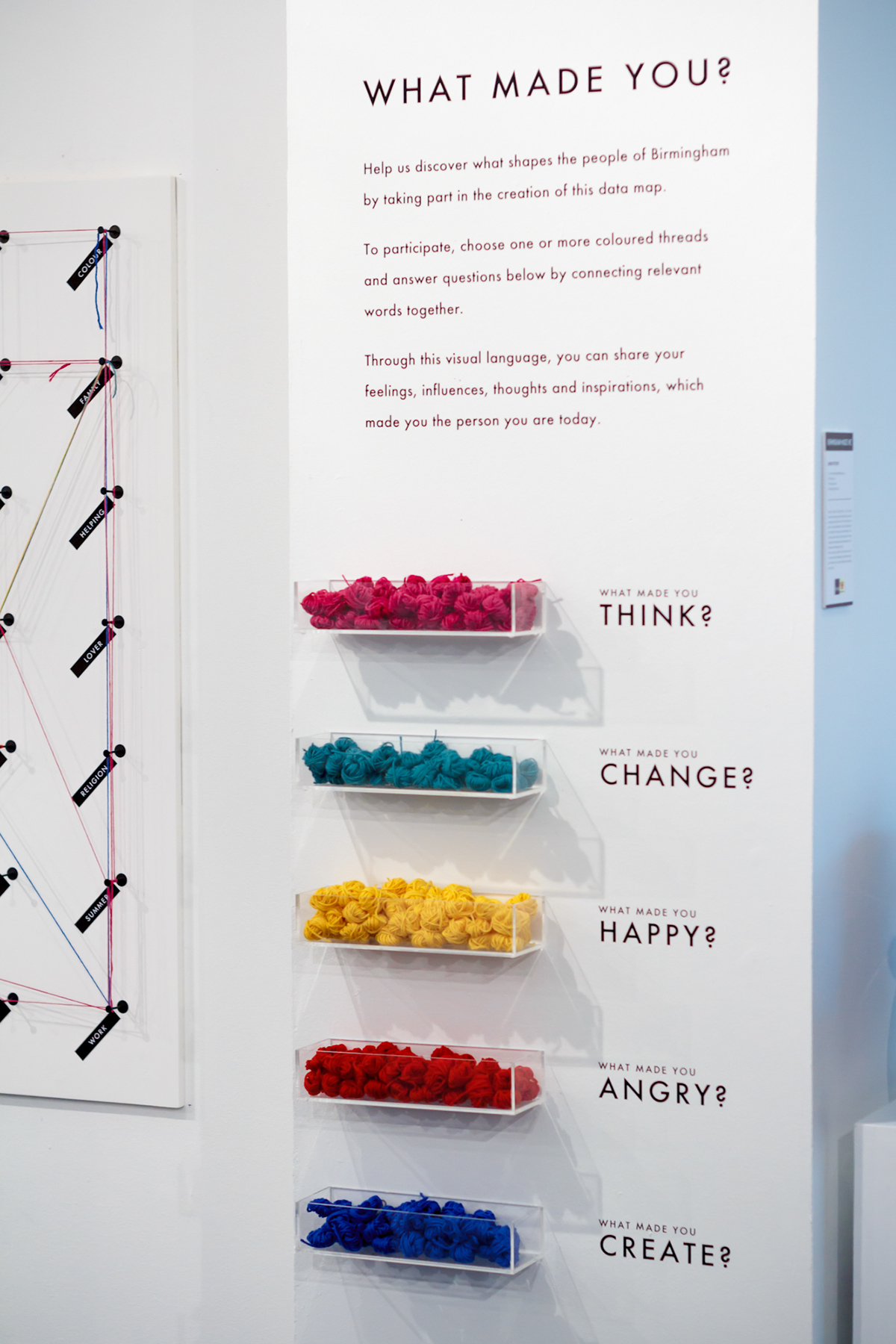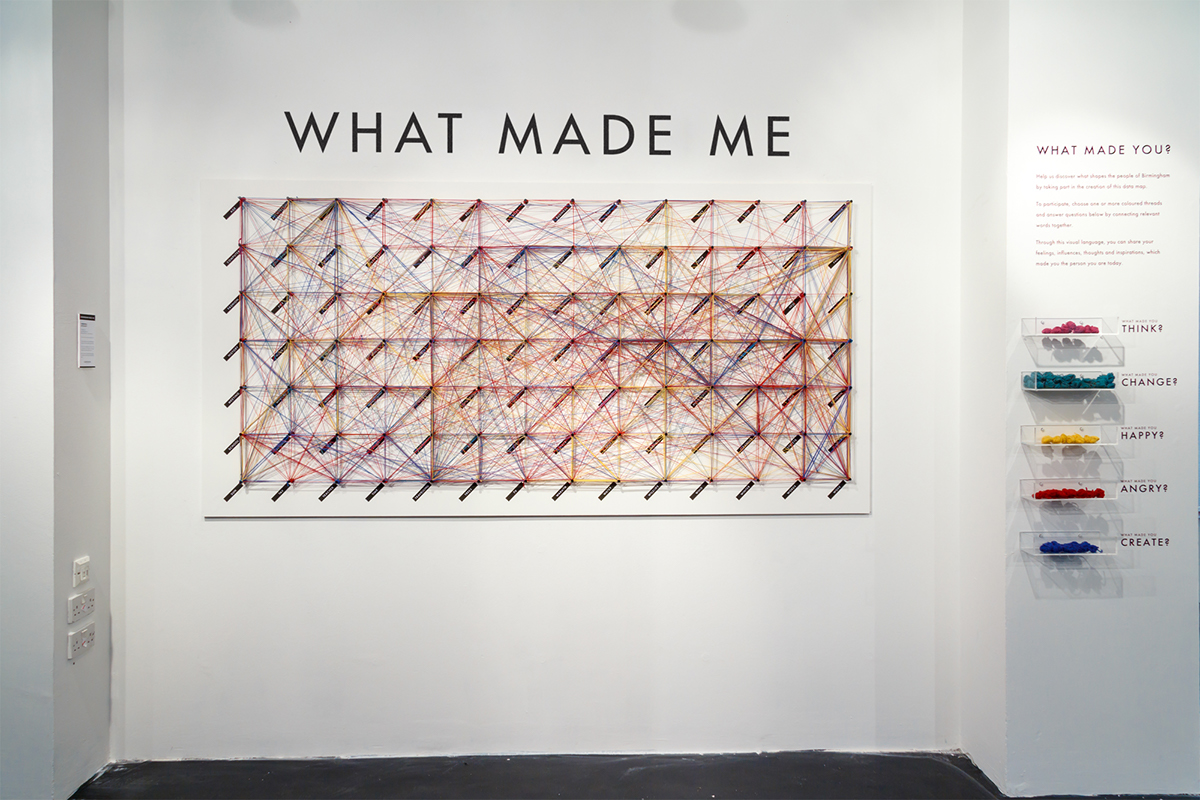Being fluent in both English and Mandarin, I tried predictive texting keyboard from Apple using different platforms. I was surprised to see that the Mandarin keyboard provided me with far more options of words and phrases to use. I was able to compose a sentence that better describes what I really wanted to say. I wonder if it makes a difference in other languages as well.
While Jocelyn only used English, it is interesting that the predictive texting gave away that she is a mom of more than one daughter without even knowing her. It’s probably based on her previous typing habit and words and phrases she used before. It is probably similar to the algorithms social media Apps use to track our browsing habit to know what kind of posts should appear on the homepage as soon as we open the App, so we are more likely to keep clicking and spend more attention on it.
I had similar experience about auto-correct, and I usually find it annoying half of the times. It keeps wanting to correct the acronyms or the Pingyin I used to speak in Mandarin without changing my language input source.
Jocelyn also discussed about the benefits of predictive texting on struggling student writers. In contrast, I have expressed my concern of the ELL students relying too much on this feature instead of improving their own brainstorming and fundamental writing skills, such as spelling, sentence structure, and proper transition words. A couple of them just could not write even a complete sentence with properly capitalization and a period using pen and paper. Sometimes, they asked if they could complete the writing task on their phones as it checks complete capitalizations, punctuations, and spelling for them.


